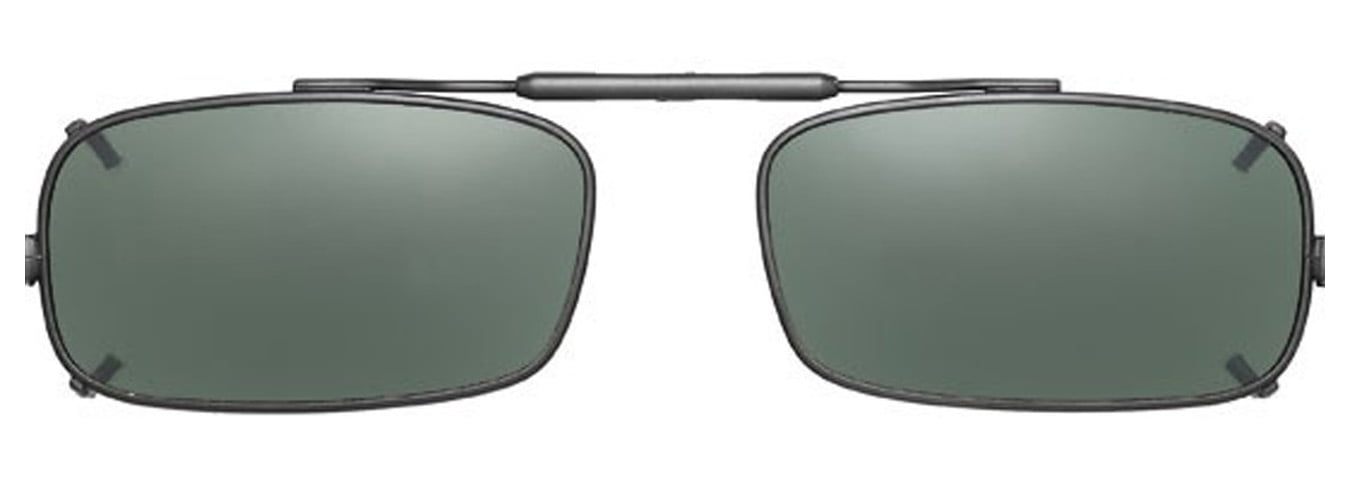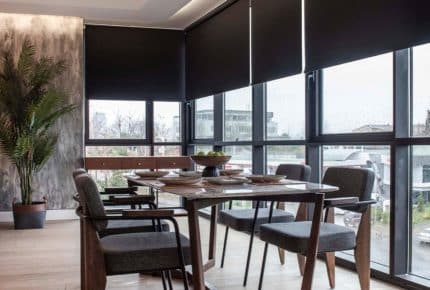

If you go this route, make sure the magnets and metal line up closely enough to keep the clip frames in place. This style can be more aesthetically pleasing, but it only works with steel eyeglass frames. Some clip-ons (which are not technically “clips”) use magnets to attach to eyeglass frames.

Some style-conscious customers don’t like the look of a clip at the bridge of their glasses. Simply flip the dark lenses up to reveal your standard lenses when you no longer need the shade. Flip-up lenses can eliminate this problem. This means you must carry a case, as well as a bag for protecting the case and clips from sunglasses. Flip-up lensesĬlip-on sunglasses are convenient, but they still must be removed when you go indoors. They’re also recommended for skiing, as well as some indoor sports. Yellow: Lenses that are yellow or orange can raise contrast in hazardous fog, low-light, or other hazy conditions. Note that clip-on sunglasses that filter blue light may make it difficult to read a GPS or other electronic devices. Red: Lenses that are red or rose block even more blue light but are most notable for improving visibility when driving. Green: These lenses work to reduce glare and can filter some of the blue light emitted by electronic screens and other LEDs. Besides shading your eyes, brown and amber hues can help to brighten your field of vision during periods of intermittent clouds. Gray lenses are known for cutting through glare and reducing brightness, but other colors have advantages in specific situations.īrown: These lenses are made for sports like cycling, fishing, and hunting. Gray: These lenses are the industry standard, probably because they’re ideal for driving and many outdoor sports. If you can’t choose between lens colors, look for multipacks that give you options. While lens color in sunglasses is a personal choice, different colors are recommended for different applications. Clip-on lenses that are much bigger than your standard lenses will leave you with shaded areas that are blurry. Clip-on lenses that are significantly smaller than your standard lenses would leave some parts of your field of vision unprotected and may look awkward. Sunglasses that are the same size and shape will help make sure your entire field of vision (at least the field your optometrist deems important for daily use) is both shaded and protected. But the clip-on sunglasses you buy should have a lens shape and size that’s similar to that on your prescription glasses. Lens shapeĬlip-on sunglasses come in all shapes, sizes, and styles, from aviators to clubmasters. These rays can reflect off water, buildings, and even snow, so this eye protection is important year-round, no matter where you live.

Look for sunglasses that protect your eyes from at least 99% of both UVA and UVB rays. Damaging UVA and UVB rays have been linked to cataracts, macular degeneration, and other problems. Ultraviolet (UV) rays can damage more than just your skin.

They also make it easier to see through the water for activities like fishing. Polarized lenses are safer for activities like driving and boating. Sunglasses that aren’t polarized don’t cut the surface glare, which can obscure critical details. Polarized lenses reduce the glare created by sunlight reflecting off your car’s windshield, water, snow, or any other reflective surface. Perhaps the first question that needs to be answered is, do you need polarized lenses? If you need sunglasses frequently enough to be shopping for clip-ons, the answer is probably yes. Magnetic clip-on sunglasses can be more stylish than those sunglasses that attach across the bridge with a clamp.


 0 kommentar(er)
0 kommentar(er)
